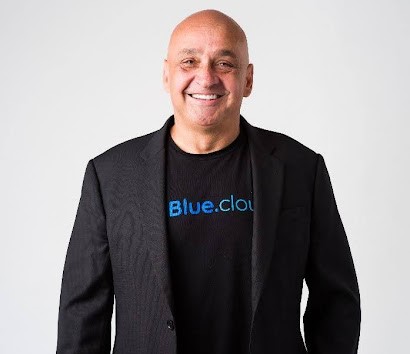Although FinTech is still in its infancy around technology disruption, it has shown a tremendous growth potential over this last year. This is blatantly evident from the surge of killer consumer applications, optimizing many of the core transactional functions e.g. banking, payment gateways etc. Cloud computing, Mobile UX, Data analysis (Now Big), and Service Desks (Self-service platforms) will continue to play a significant role in redefining individual functional areas.
A Customer Relationship Management (CRM), albeit in its evolved form, will be responsible for serving up the Fabric which will channelize handover across these functional apps. For e.g. Loyalty rewards can be dynamically analyzed and bridged to new product trial offers, for specifically targeting cross-selling opportunities and behaviour-based campaigns.
Leading CRM vendors like Microsoft, Salesforce & Zoho CRM continue to further expand platform capabilities (PaaS) targeting specific functional areas – Directly within their Product and Indirectly via their Partner eco-system (Frameworks/ Managed Apps). However, ample opportunity exists to bridge these siloed applications and create a customer-driven Financial Relationship Application. Over time, we will see these products to have specific Frameworks & Apps pre-configured and tightly integrated; which will help in faster go-to-market rollouts for Financial products and businesses.
A SaaS-based CRM application remains the industry de-facto with Enterprise class capabilities, scalability, security and operational efficiencies. In its end state, it must display innate abilities to roll out additional capabilities that are configurable and user intuitive:
Some of the leading FinTech products have evolved over last five years. But increased marketing, investment funds and evolution of buyer’s behaviors will accelerate their growth hereafter. It will also be easier than ever for smaller, innovative technology startups to quickly turn their ideas into marketable products across multiple channels. The disruption is inevitable and we can only be prepared to align to these industry changes.
By Sourin Paul





